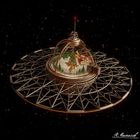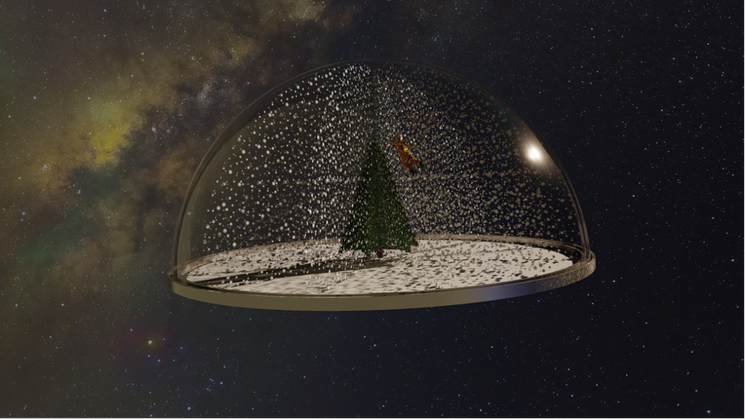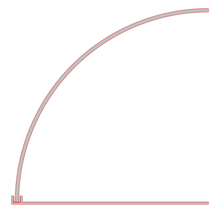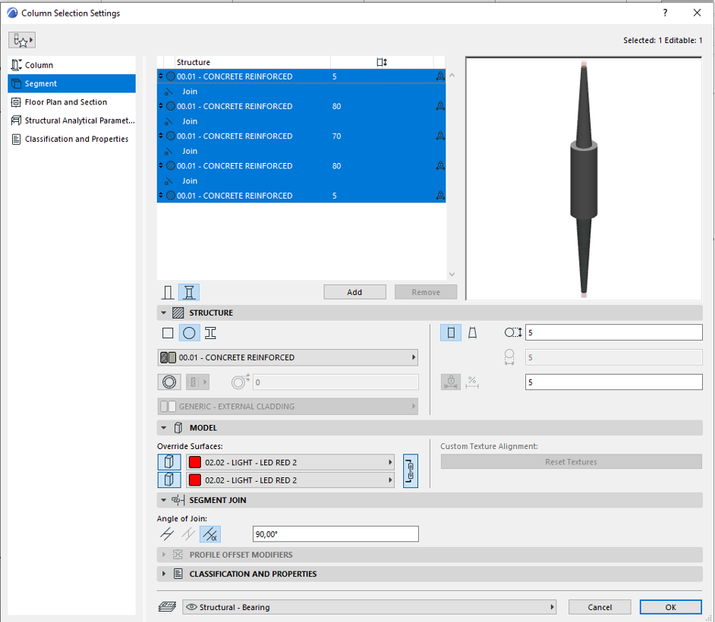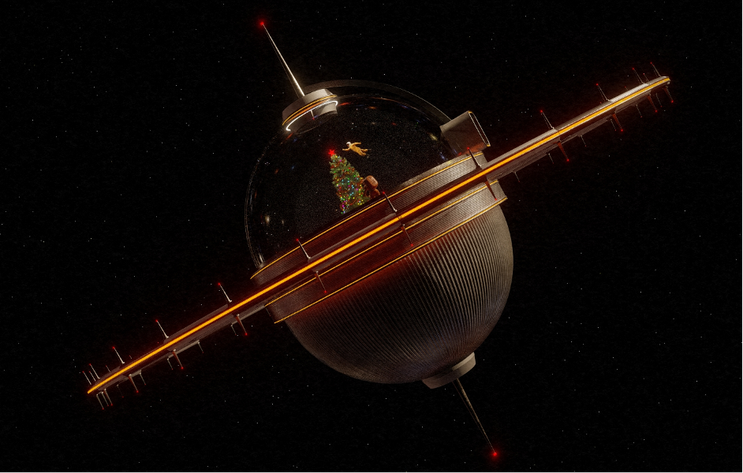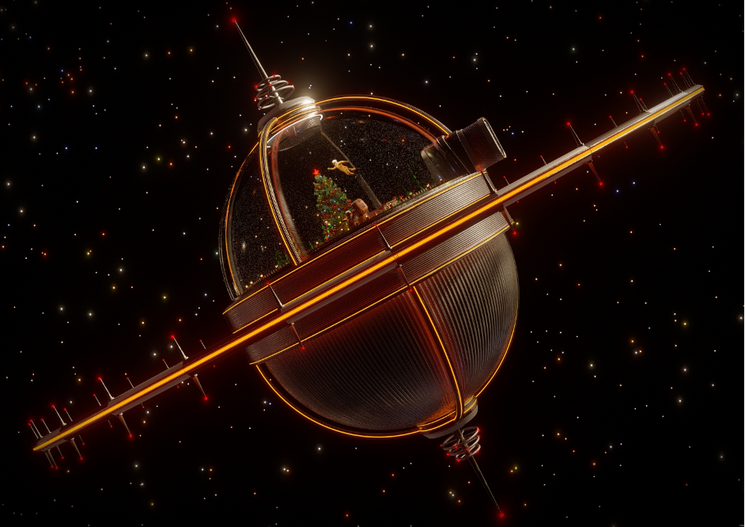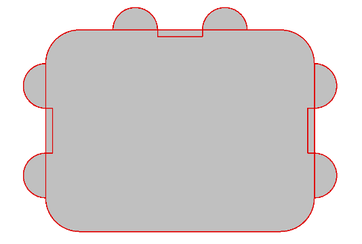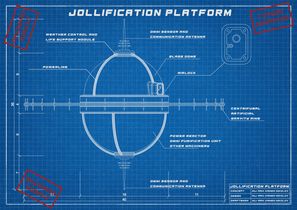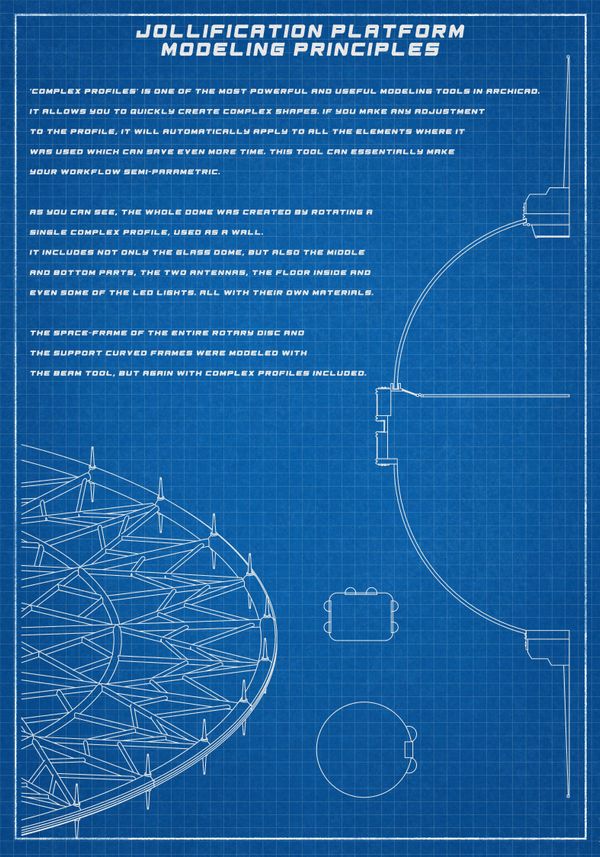- Graphisoft Community (INT)
- :
- Knowledge Base
- :
- Modeling
- :
- Snow Globe series: Christmas In Space by Kamen Nik...
- Subscribe to RSS Feed
- Mark as New
- Mark as Read
- Bookmark
- Subscribe to Topic
- Printer Friendly Page
- Report Inappropriate Content
Snow Globe series: Christmas In Space by Kamen Nikolov
- Subscribe to RSS Feed
- Mark as New
- Mark as Read
- Bookmark
- Subscribe to Topic
- Printer Friendly Page
- Report Inappropriate Content
on
2022-02-25
07:48 PM
- edited on
2024-12-04
03:11 PM
by
Aruzhan Ilaikova
Welcome to our series of articles from the Snow Globe Challenge!
We invited some of the designers who participated in the challenge to elaborate on their entries, share their workflows and tips&tricks.
Enjoy and feel free to drop us a comment if you have any questions.
Please welcome Kamen Nikolov!
Jollification Platform
When modeling something, I always take in mind what program I will use to make the renders. Since I’m using Lumion, I’m taking this into consideration when modeling and texturing. I also make some test renders as I develop the model, to have a better feel of the situation.
Firstly, I started with the dome itself, this is the easy part.
I knew I wanted to have a big Christmas tree in the middle, around 5 meters, enough space for some decorations and for a small group of visitors. Thus I ended up with a dome that is 8m in radius.
I wanted to have snowfall inside, and it had to look decent. Using particles was out of question as this would make the model too complex. The precipitation effect in Lumion could not generate snow only inside of the dome. So the best solution was to use some sort of polygon inside the dome, where a texture of snow would be applied.
Here you can see the very first dome. Inside I put a simple tree and cosmonaut for scale.
It was modeled with the Profile manager tool, one of the most powerful modeling tools inside Archicad and I use it regularly in almost all of my projects.
|
|
This is the profile I started with. It includes not only the glass dome, but also a metal frame and the floor. From now on, I will add elements to this profile and my model will grow and change automatically. This is the power of the complex profiles! |
Here you can see how I applied the profiles using the wall tool:
When I create some concept, even if it’s pure fiction, I try to keep it believable at least to some extent.
How are the visitors going to enter the dome and where is the snow coming from? This lead to adding an airlock on the side, and also "something” on the top of the dome, where the snow should come from. To balance this I also made the base of the dome a little thicker. Perhaps some of the machinery could be hidden there...
|
|
Here you can see how adding elements to this complex profile develops the model.
I know I can get a pretty good corrugated metal texture inside Lumion, thus I don’t need to model this surface inside Archicad. This will save me not only time but also help with the optimization of the model. |
You could say by now the dome is complete but there are still missing details.
What will keep all the decoration inside, on the ground, and what will force the snow to fall down? In most movies, space stations use some sort of rotating machinery to produce artificial gravity. We will need something similar here.
Also, right now the top module is sitting only on glass, we need further refinement.
A rotating ring around the dome was created with simple round beams. I could use round complex profile and the wall tool, but there is no need. I also added a curved structure that connects the top module with the base of the globe. I made this with the beam tool, since I knew I will make it more complex and I can easily do that by simply changing the profile of the beam.
I wasn’t satisfied with the ring, it looked too simple and unreliable. I enlarged the diameter of the ring, to better fit the proportions of the dome. It also got a more complex spaceframe - that not only makes it look more durable, but also resembles a stylized snowflake, which fits the Christmas theme of the project. Again all modeled with the beam tool. Finally, to make this space station look more ‘’balanced’’ I mirrored a second dome on the bottom.
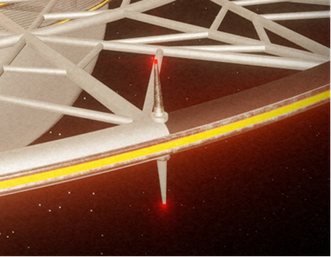 |
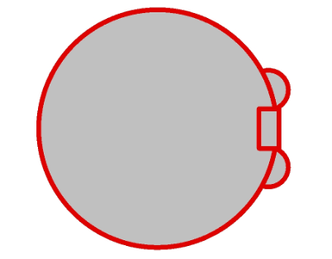
|
|
For the peripheral beam, I used two complex profiles applied with segmented beam. The two profiles are basically the same, the only difference is that one is white and the other is black.
Here you can see how I used a segmented beam to combine the two profiles:
The idea behind this black and white ring is not just aesthetical. This way observers can easily notice the rotation of the ring from all angles, even if the light sources are not working.
The small "beacons" on the outer ring were modeled with segmented column.
|
|
|
|
Here you can see how this looks with the updated complex profile. |
 |
|
|
For the next step the antennas some refinement by adding rings and lights around them, all done with the beam tool. |
|
 |
|
|
The curved beam got multiplied and also received a complex profile. Now we have something that can act as a spaceframe and power line at the same time.
|
|
 |
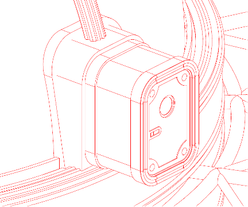 |
|
The entrance was modeled using a combination of several complex profiles. I modeled the door with the slab tool, then converted it to morph, rotated it and placed it inside the opening. |
|
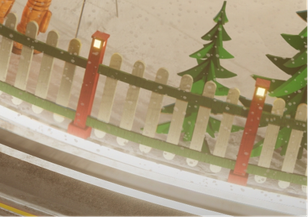 |
 |
|
The railing inside was created with the railing tool and some custom elements of my own. |
|
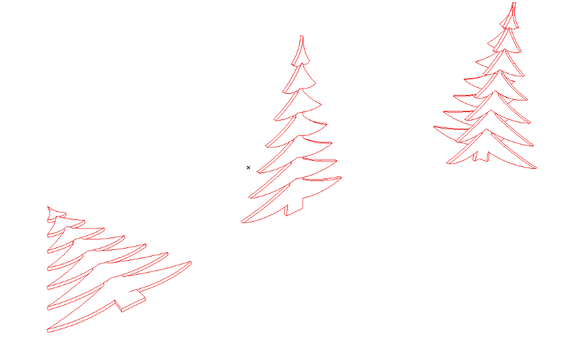 |
|
The trees and houses inside the dome were created in a similar manner. I modeled them on the floorplan view with the slab tool, then convert them to Morph and rotate them. |
Confidential Files
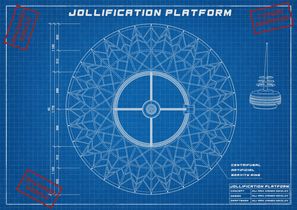

Here is the final result! I hope you enjoyed this workflow description of my snow globe and could learn some tricks.
Get to know Kamen Nikolov:
Kamen studied English, Spanish and a little bit of Russian. He has a Master's degree in Architecture and a Bachelor's degree in Civil Engineering. He currently works at the National Institute of Immovable Cultural Heritage of Bulgaria. In the meantime, he is doing some side jobs as designer, visualizer and draftsman.
Location:
Sofia, Bulgaria
Connections:
You can check out his amazing work on ArtStation and Facebook pages;
Connect with him on LinkedIn;
Or perhaps be friends on Facebook 🙂
Check out our series of articles about the Snow Globe designs
Buckminster Fuller Snow Globe by Heimo Mooslechner
Snowy Pasargad Snow Globe by Sepideh Kolahi
- Mark as Read
- Mark as New
- Bookmark
- Permalink
- Report Inappropriate Content
I like this design and I think it is so interesting. Great design.💚
- Mark as Read
- Mark as New
- Bookmark
- Permalink
- Report Inappropriate Content
Amazing work! Love the astronauts in there getting jollificated
